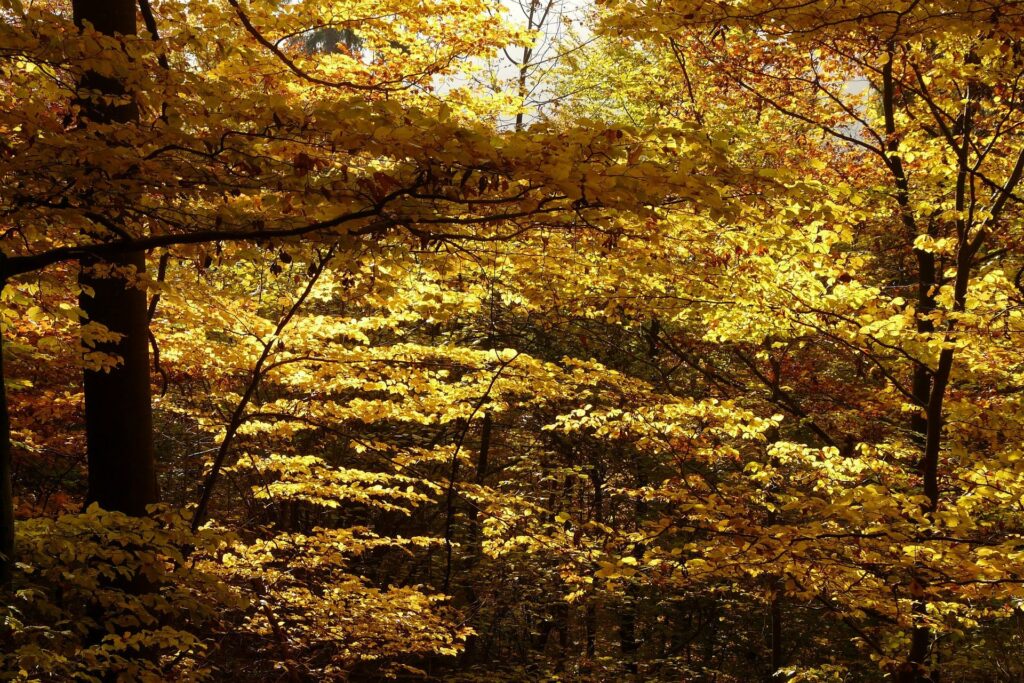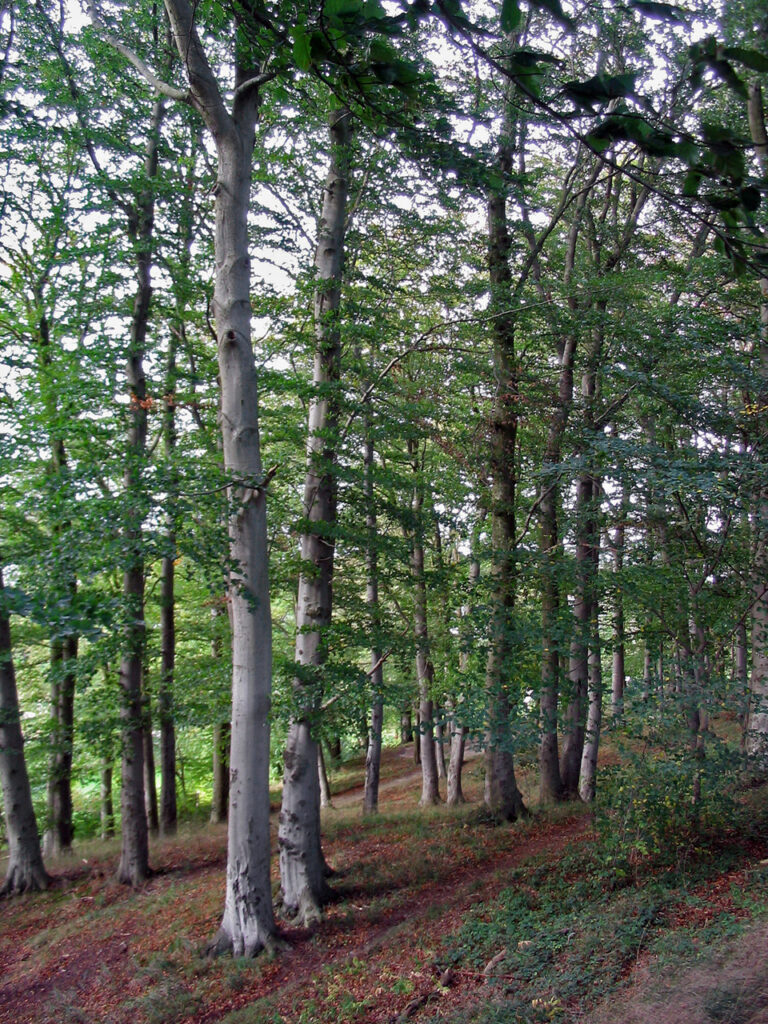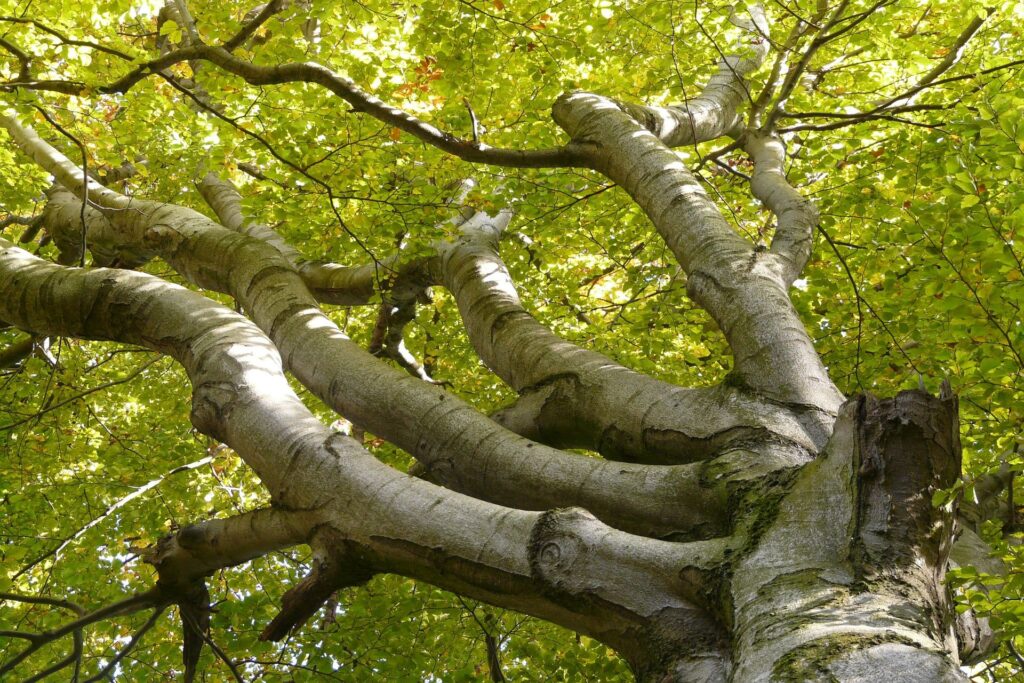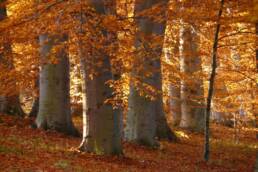Two Swiss beech forests are UNESCO World Heritage Sites
The ancient beech forests of the valleys of Lodano, Busai and Soladino (Ticino) and Bettlachstock (Solothurn) inscribed on July 28 in the UN World Heritage List
The ancient beech forests of the valleys of Lodano, Busai and Soladino (Ticino) as well as that of Bettlachstock (Solothurn) have been inscribed on the UNESCO World Heritage List.
The decision was taken on July 28, 2021 by the World Heritage Committee of the United Nations Educational, Scientific and Cultural Organization. They join other ancient European primeval beech forests that together constitute a transnational World Heritage property located in 18 countries.
“This inscription represents international recognition of Switzerland’s commitment to safeguarding biodiversity and, in particular, forest reserves,” says Katrin Schneeberger, director of the Federal Office for the Environment (FOEN).
UNESCO-Welterbe – Indikative Liste für die Schweiz (in German)
UNESCO-Welterbe – Aktionsplan Schweiz 2016-2023 (in German)

The beech is the main tree species of Central Europe
Beech is the main tree species of Central Europe and is characterized by its ability to adapt to different climatic and geographical conditions.
However, human intervention exerts a strong pressure on the ancient primordial beech forests of which only a few vestiges remain.
For this reason, Switzerland, with the support of the cantons, municipalities and forest owners, has designated two beech forests for inclusion on the UNESCO World Heritage List.
After a detailed evaluation and several inspections, the World Heritage Committee decided on July 28, 2021, to inscribe the ancient beech forests of Lodano, Busai and Soladino (Ticino) and Bettlachstock (Solothurn) on the World Heritage List.
Patrimoine mondial de l’UNESCO – Liste indicative de la Suisse (in French)
Patrimoine mondial de l’UNESCO – Plan d’action de la Suisse 2016 à 2023 (in French)

Trees over 170 years old, spread over more than a thousand hectares
With trees over 170 years old and a total area of more than 1000 hectares, the two Swiss forest reserves constitute a valuable genetic reserve, not only for the beech tree but also for many associated animal and plant species that depend on these habitats.
Accessible to the public, these natural forest reserves allow the preservation of biodiversity by limiting forestry interventions.
The two Swiss forest reserves, now inscribed on the UNESCO World Heritage List, are part of a transnational serial site consisting of 94 beech forests located in 18 countries.
The preservation and management of this heritage requires cooperation and coordination between different countries.
Patrimonio mondiale dell’UNESCO – Lista propositiva della Svizzera
Patrimonio mondiale UNESCO – Piano d’azione Svizzera 2016-2023

Switzerland as a great protector of primeval ecosystems
“This decision highlights Switzerland’s commitment to protecting ecosystems worldwide and recognizes the quality of its policy in support of forest biodiversity,” says Katrin Schneeberger, director of the Federal Office for the Environment (FOEN).
The List is an instrument of the Convention for the Protection of the World Cultural and Natural Heritage. The List includes properties recognized by the World Heritage Committee as having outstanding universal value.
Swiss monuments? A “hidden” treasure to be exploited…

Thirteen sites now on the UNESCO list
There are 13 sites on the UNESCO list in Switzerland, four of which are natural assets: the ancient beech forests of the cantons of Ticino and Solothurn, the Swiss Alps Jungfrau-Aletsch, Monte San Giorgio and the Sardona Tectonic Arena. The others are cultural assets.
In cooperation with the relevant departments of the Confederation, cantons and municipalities, the FOEN is responsible for protecting the outstanding universal value of the World Heritage Site and safeguarding it for future generations.
As many as sixteen thematic museums in the good graces of the Confederation







